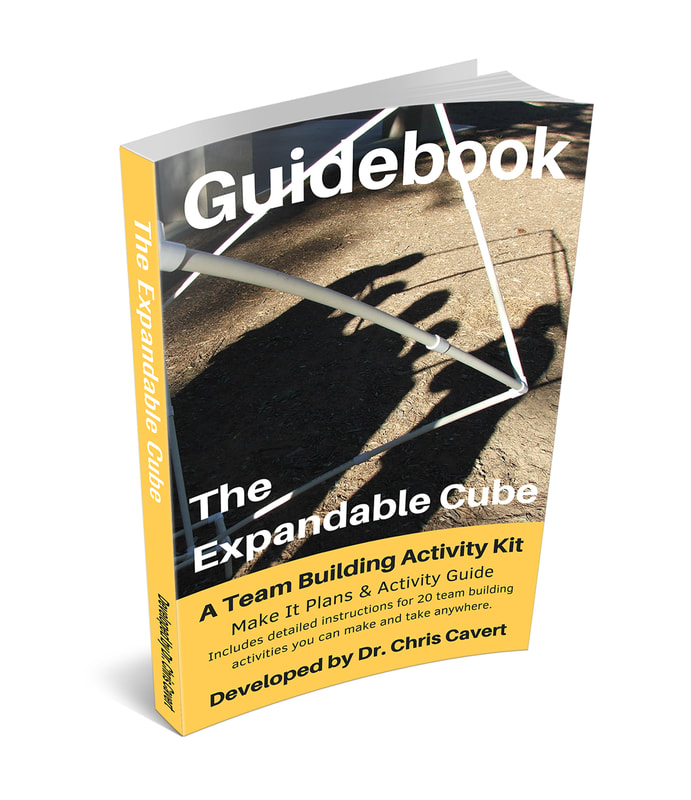
Moonball (Silver Bullets, 1984. Earliest version I had available.)
Scatter your group around an open playing area. Use a "well inflated" beach ball as the object of play. The group's objective is to hit the ball aloft as many times as possible before the ball strikes the ground. Rules: 1) A player cannot hit the ball twice in succession, and 2) Count one point for each hit. That was it! Go for as many points possible before the ball hits the ground. Then, try to beat the established best score. Continue play as long as the motivation holds out.
Moonball (The Bottomless Bag, 1988)
In this book Karl adds to the basic rules, 3) Two points are allowed for a kick. He then goes on to share a few variations. After a couple rounds of basic play, ask the group to see how many times they can hit the ball in sequence through all the players without 1) letting the ball hit the ground, or 2) missing a sequenced player. Then there is: See how fast (timing attempts) the ball can travel from player to player in sequence - through the whole group, one time. Karl notes that the ball must be hit and not simply passed. Finally, there is this one: Set up a basic Moonball game and record the most number of ball strikes (not points), hands only, during a two minute time limit. Only count the hits that are not preceded by a ground bounce. The ball must touch each player sequentially [as I see it, this last rule sort of changes the "basic" rules of play - but, we do whatever works anyway]. These are ways to keep the group engaged in Moonball when motivation diminishes with one version.
Moonball Space Warp (Bottomless Baggie, 1991. Variation shared by Steve Butler.)
For a group of 15-20 people use a 20" beach ball and two or three hula hoops. The objective in this variation is to score as many beach ball strikes, for points, as possible. Here are the rules:
- One point for each hand strike.
- Two points for each foot strike.
- The points for a hand or foot strike are doubled if the beach ball goes through a hoop after a strike.
- The beach ball can only go through a hoop in one direction - it cannot be hit back and forth through the hoop.
- After the beach ball travels through a hoop, the hoop must be given to another player before the beach ball can travel through this particular hoop.
- Hoops cannot touch one another.
- A beach ball cannot travel through more than one hoop after a strike.
- When the beach ball hits the ground that particular game is over - record the score and continue with another game if the group is up for it.
Steve's main point of interest about adding the hoops is related to learning how to use a "new" piece of equipment and the group dynamics that surround this process. You're playing basic Moonball and then something new is added. How does the group manage this change? How do they manage the transition from one way of doing something to another?
More Moonball variations? (I'm sure there are!) Share your ideas in the comments.
All the best,
Chris Cavert, Ed.D.






 RSS Feed
RSS Feed